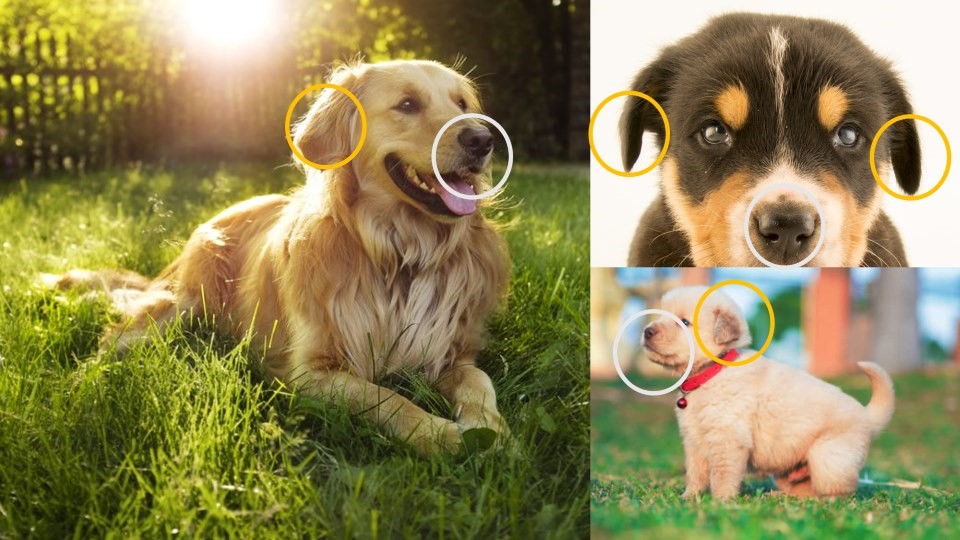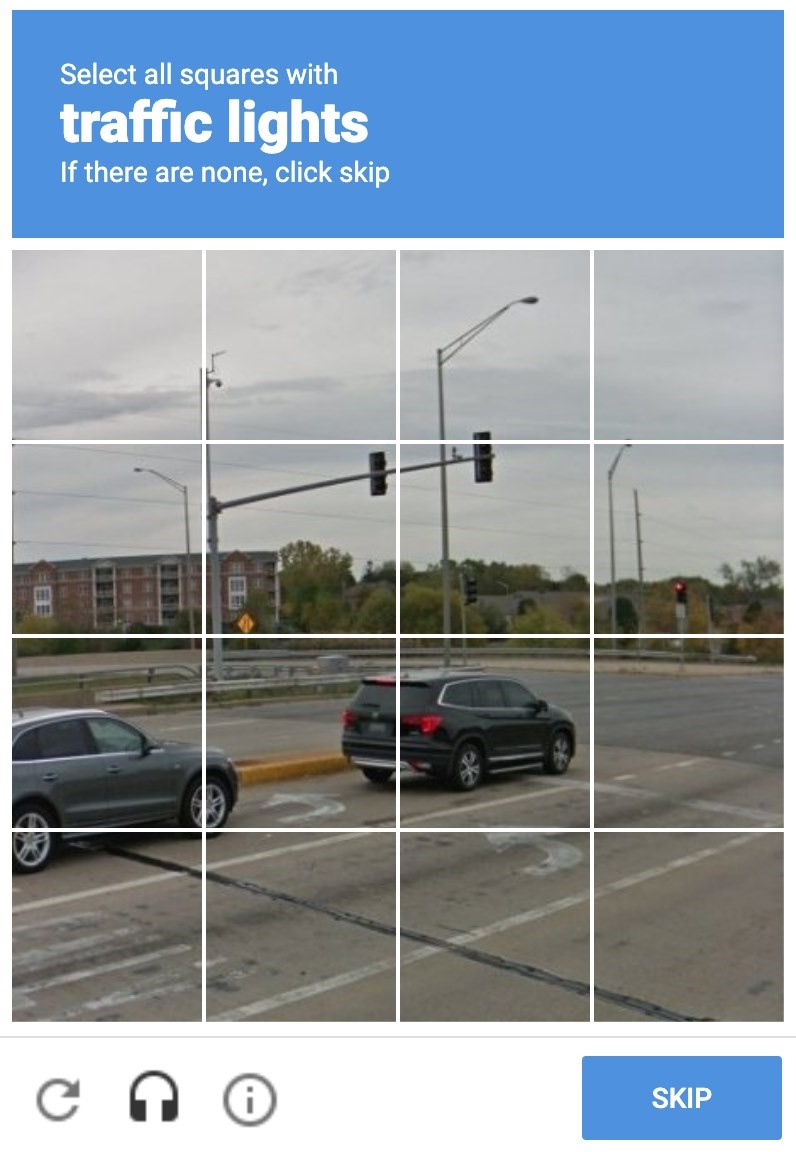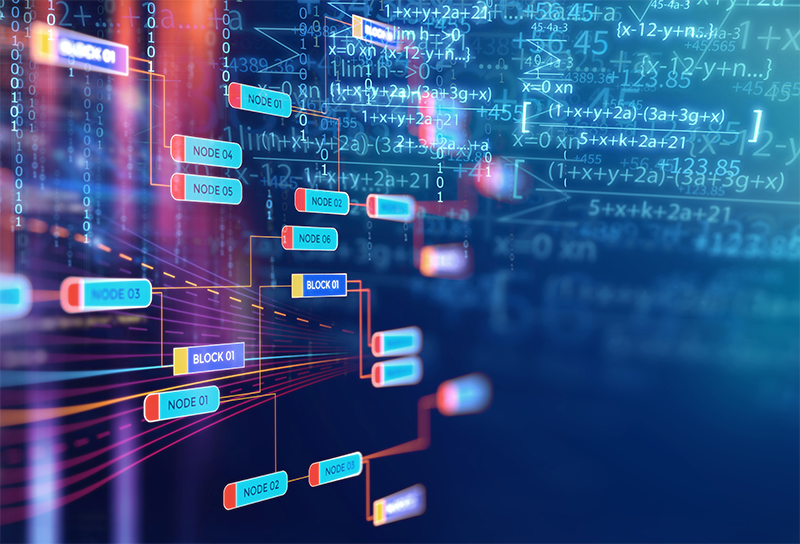Machine Learning in 5 minutes
While new technologies are an integral part of the expanding risk universe, they can also play a key role in terms of risk coverage and solutions.

Back in the early days, computers were only able to follow detailed instructions, the good old lines of code.
Nowadays (since the 90s in fact) computers can learn to perform a task by example. Give them enough examples - good or bad - and computers will deduce the underlying rules on their own. And the more examples you give, the more accurate they become. This is precisely how machine learning works.
Machine learning is an extremely powerful tool, not just because it saves developers from writing thousands and thousands of lines of code, but because sometimes problems are too complex to be described accurately using only code and instructions. It has opened up a whole new field of IT development, giving access to modelling that had long been out of reach.
So, what exactly is machine learning?
Take a look at this short video from Oxford University showing how computer science can make machines that learn.
Let's take an example
Let's say you want to teach a machine how to distinguish between cats and dogs.
You need to provide examples - images of cats and images of dogs – and to tell the machine whether they are cats or dogs.

1- These are cats

2- These are dogs
The system will try to find common characteristics among each group, but it will mainly try to identify differentiating characteristics, which can then be used to tell a cat from a dog.
Here, the system will deduce from the samples that it can base its reasoning on the animal's ears and muzzle.

3- Cats have pointy ears and a small muzzle

4- Dogs have floppy ears and a prominent muzzle
And that's basically it! Now that the system is trained, you can submit any new cat or dog image and the system will tell you whether it recognizes a cat or a dog.
The more examples you feed the system, the more accurately it will be able to distinguish between cats and dogs. The key point here is that you didn't tell the system to look for ears and muzzle shapes. It was the system itself that determined its own set of rules to make such decisions.
Machine learning comes with limitations
What would happen if you gave an image of a bird to a machine trained to recognize cats and dogs? Would it be able to recognize that it's a bird?
The answer is no. Learning from experience, the machine is only able to "predict" what it "knows". Since it has been trained it to answer either "cat" or "dog", it will eventually call a bird a cat (or a dog, depending on its beak!). At least until it is trained to recognize new animals.
One of the biggest challenges in machine learning is to fully understand these limitations and anticipate them: stating the problem properly is a crucial pre-requisite to efficient modelling.
There are two main types of machine learning
Supervised Learning
The model is fed with input data such as numeric values, text, images, and the expected answer. Just like in the "cats & dogs" example above.
This technique is used both for classification (e.g. labelling correctly based on inputs) and for regression (e.g. predicting a numeric result such as temperature, stock prices, your next favorite song, etc.).
This powerful technique can be used for virtually any question you would like a machine to answer, provided that you have a sufficient dataset to train it.
Unsupervised Learning
In this approach, the computer learns from data without being given correct answers. This is useful in exploratory analysis, especially when you don't know what you're looking for.
This is an important field of machine learning as it allows the computer to self-improve based on large, diverse data sets that include real-world experience.
This leads to computers able to describe images or even videos.
You're already training machines
If you have ever encountered a Captcha on your favorite websites asking you to prove you're not a robot, did you know that, behind the scenes, you're actually training computers to perform tasks they simply cannot complete yet? And you're part of large workforce: an estimated 500,000 hours are spent deciphering Captchas every day.
As you might expect, computers are quickly mastering the tasks being taught to them. That's why, over time, they are being trained to complete increasingly complex tasks.

Remember when you were asked to rewrite two distorted words? You were in fact helping Google with all the words their computers couldn't read while they were scanning millions and millions of books. To cut a long story short: they knew the answer for the first word (just to check your inputs) and were looking for the answer for the second.
This kind of Captcha no longer exists - Google’s computers can now tell the difference between humans and robots without them.

Nowadays, with Captchas like the one above you're more or less contributing to making the roads safer, probably helping self-driving cars to recognize traffic lights!
Machine learning @SCOR
SCOR already uses machine learning to assist underwriters and claims managers in some of their daily tasks. The two examples below are currently being used by the SCOR Global Life business unit.
Optimizing facultative medical underwriting in North America
SCOR’s Life Underwriting teams process over 25,000 client cases per year in Canada and over 50,000 client cases per year in the U.S. This is a key reinsurance service, which is highly valued by our clients.
Facultative medical underwriting in North America is a highly competitive market, in which response time is key to success. The WinMoreFac initiative, led by SCOR’s Life and IT teams, uses machine learning to optimize underwriting processing time: a trained computer scans each new application prior to any human review, prioritizing applications based on the odds of winning and providing a summary of relevant insights. Underwriters can then focus their efforts on the right applications and make faster decisions.
This computer was trained using the information contained in historical records. The machine initially learned from a large sample of historical cases, and was subsequently tested against another historical sample to confirm its accuracy.
This computer is constantly being refined to provide as many relevant insights as possible, thereby enhancing the competitivity of SCOR’s underwriters. So far, the WinMoreFac initiative has led to a 20% increase in overall Fac placement rates and has reduced the average application processing time by 15%.
Accelerating claims analysis and adjudication in China
Claims analysis is painstaking work: claims analysts need to read every report to decide whether a claim should be declined.
This process has several drawbacks: it is resource-consuming, it has inherent operational risks, and in some ways can be considered subjective.
As they have for underwriters with WinMoreFac, machine Learning techniques can help claims analysts to be more efficient. Assisted by a computer that deals with the "easy" cases and provides insights on the “complicated” cases, claims analysts can focus on where their expertise is required.
SCOR Global Life is currently experimenting with this kind of kind of human-machine cooperation in China, where it is proving particularly effective.
